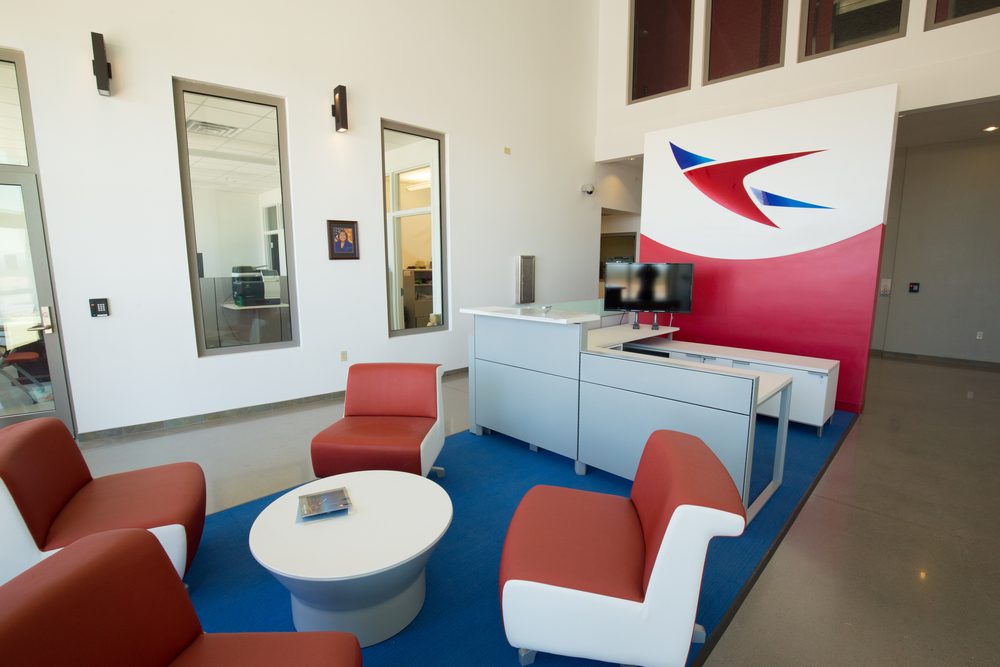Commercial space travel is on the edge of becoming a reality. This is largely in part due to the efforts of three companies: SpaceX, Virgin Galactic, and Blue Origin. But while the end goal is the same, how do these companies stack up against each other?

SpaceX
GOALS FROM SPACE TOURISM: While the exact details of what SpaceX wants to complete with space tourism are very rare, there are a few certainties. Founder and CEO Elon Musk has repeatedly announced his goal of taking two paying customers on a flight around the moon.
ESTIMATED LAUNCH DATE: Musk has previously stated he wanted the tourists to launch by the end of 2018; this deadline has been pushed back by at least a year. Some sites report a launch date of 2022, but this is unconfirmed.
ESTIMATED COST: In 2017, NASA published a report that indicated a seat on SpaceX’s Dragon shuttle would cost around $58 million USD. SpaceX declined to comment on this price tag.
WHAT TO EXPECT: A quick slingshot round-trip around the moon, enjoying the same flight astronauts would take.
OTHER GOALS: SpaceX is well-known for hoping to one day establish a colony of Mars. If and when such colonization occurs, the new residents will already have plenty of neighbors in the form of robotic bees.

VIRGIN GALACTIC
GOALS FROM SPACE TOURISM: According to the Virgin Galactic website, one of the main goals from space tourism is to “democratize space.” “We seek to inspire young people through space-related Science, Technology, Engineering and Mathematics (STEM) initiatives.” They also state they want to start a new age of space exploration.
ESTIMATED LAUNCH DATE: After a successful test flight in January, CEO Richard Branson’s dream of launching this year could be a reality.
ESTIMATED COST: While tickets originally cost $200,000 per person, the price went up to $250,000 in 2013. Those interested in applying may send an inquiry via the Virgin Galactic website.
WHAT TO EXPECT: A suborbital journey to experience weightlessness and see the edges of outer space.
OTHER GOALS: After a fatal crash in 2014, Virgin is dedicated to improving the safety and stability of its spacecraft. They also want to have launch locations all across the planet- at the time of this writing, 140 stations for purchasing tickets exist globally.

BLUE ORIGIN
GOALS FROM SPACE TOURISM: On May 29th, Blue Origin founder Jeff Bozos explained that “we must go back to the moon, and this time to stay” during an interview after accepting an award. Little else is known for certain at this time, but the goal of revisiting the moon does line up with plans made by Jan Woerner of the European Space Agency.
ESTIMATED LAUNCH DATE: Tickets for a Blue Origin flight were announced to be going on sale starting in 2019. It is assumed flights will begin shortly thereafter; there’s no exact date yet, but senior vice president Rob Meyerson told Space News that they “plan to start flying our first test passengers soon.”
ESTIMATED COST: The same report that NASA published revealing the price tag on a SpaceX flight listed Blue Origin with the same $58 million price.
WHAT TO EXPECT: 11 minutes of travel and four minutes of zero-gravity- and no bathrooms, given the briefness of the trip. At least the seats are leather and have a recline function.
OTHER GOALS: Given Bozo’s other famous project (Amazon), it’s safe to assume he wants a great deal of control over the space tourism industry. In an interview with Smithsonian.com, he indicated just that by dreaming of a whole space economy.
Which company do you think will succeed first in the realm of space tourism? Let us know on our social media or in the comments.




